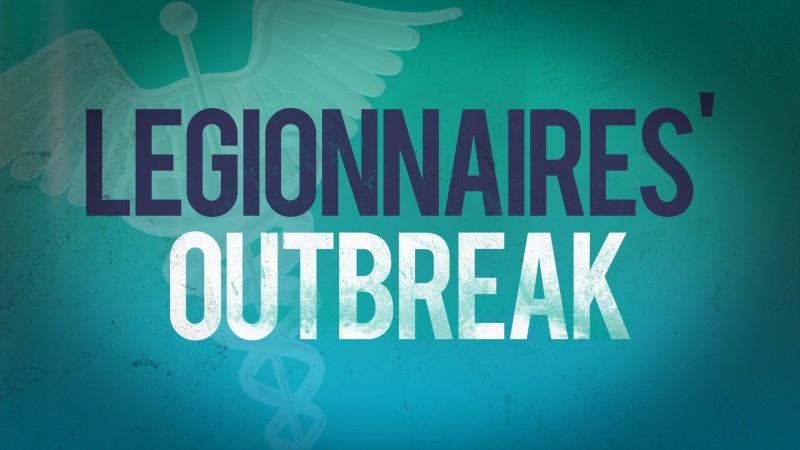A drug manufacturing factory in North Carolina shut down Tuesday after the discovery of bacteria tied to Legionnaires’ disease, officials said.
“Routine testing” revealed Legionella bacteria in a cooling tower at GlaxoSmithKline’s plant in Zebulon, the massive international drug company said Tuesday. GlaxoSmithKline indicated the tower is “a standalone structure, which does not come into contact with product manufactured at the facility.”
There have been no suggestions thus far that any medications have been tainted or people sickened by the bacteria. Nonetheless, factory workers “were sent home and employees scheduled to report to work were … notified not to do so until further notification,” according to GlaxoSmithKline.
Zebulon Mayor Robert S. Matheny first heard about the problem by email shortly after 2:30 p.m. Tuesday. He stressed that the plant’s cooling system uses “reclaimed water and not potable water,” so it’s unrelated to the area’s water supply.
But that doesn’t mean there is no risk, given that the bacteria could end up in the factory’s air supply, potentially threatening workers and products.
“The plant means a lot to our community, so we are concerned for GlaxoSmithKline,” said Matheny, who heads the town of about 4,500 people 20 miles east of Raleigh.
“But, of course, our first priority is the health and safety of our community. And we’ve been assured that everything is good with that.”
Chris Kelly, a spokesman for the federal Food and Drug Administration, said the “FDA is aware and monitoring the situation at the Zebulon, N.C., Glaxo plant” and referred questions to the company.
The discovery comes at a time when Legionnaires’ disease has been very much in the news not in North Carolina but about 500 miles to the northeast in New York.
That’s where 113 people in the south Bronx have contracted Legionnaires’ in recent weeks. Twelve of those died, all of whom had “underlying medical conditions,” the city said. There was no immediate indication the situation at the GlaxoSmithKline plant had anything to do with the Legionnaires’ cases in New York.
The respiratory bacterial infection got its name from a 1976 outbreak in Philadelphia largely among people attending a convention of the American Legion.
It usually spreads through mist from a water source, such as cooling towers, air conditioning or showers — thus the concerns not so much about drinking water but air quality. It is not transmitted person to person.
The symptoms of Legionnaires’ disease, such as fever, chills and a cough are hardly rare, and 8,000 to 18,000 are hospitalized because of it each year in the United States.
As the New York outbreak shows, it can be deadly, especially when it strikes people susceptible to such diseases. Between 5% and 30% of those who come down with Legionnaires’ die from it, according to the U.S. Centers for Disease Control and Prevention.
